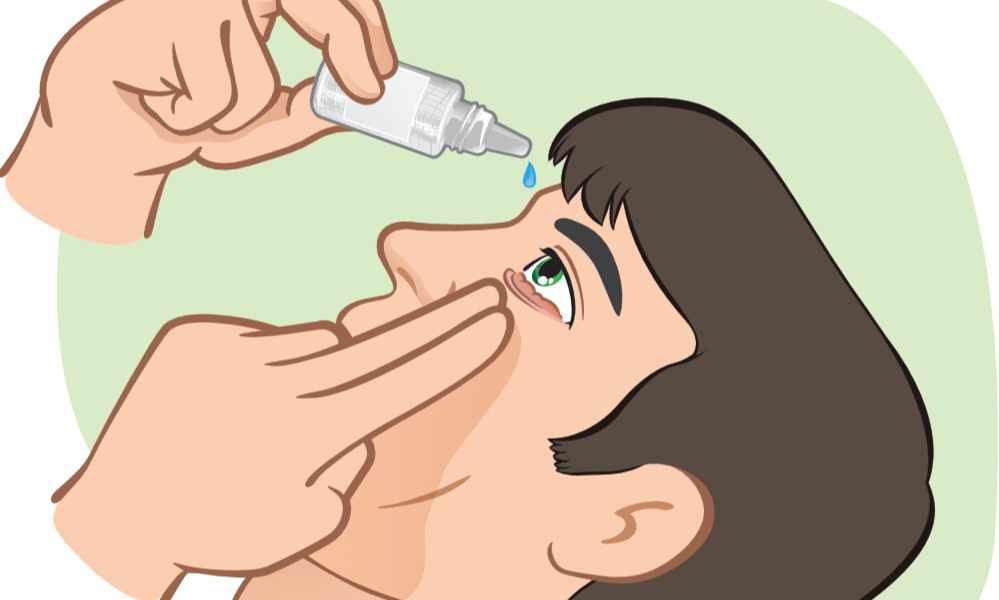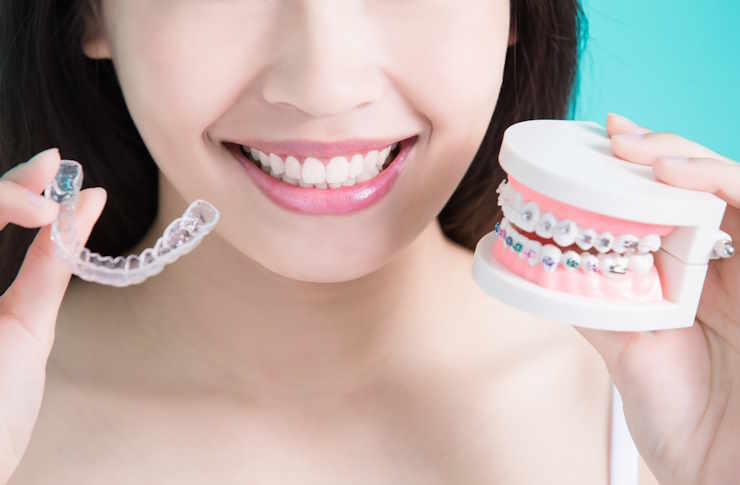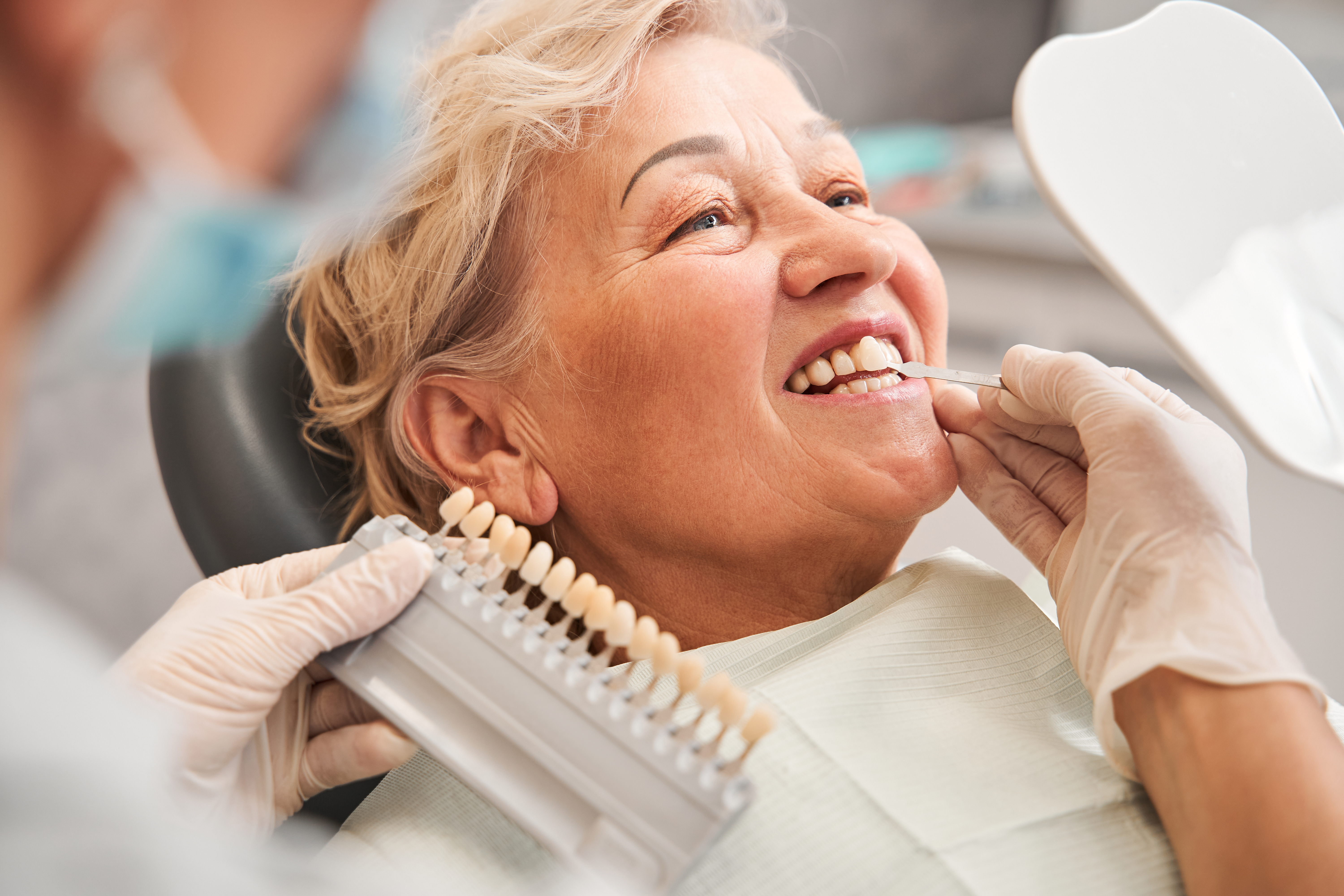Dry Eye Treatment in the UK: Options and Considerations
Dry eye treatment in the UK includes a range of options designed to relieve discomfort and improve daily eye care. Depending on the severity, treatments may involve artificial tears, lifestyle adjustments, or specialist advice. It is important to consult a qualified professional to understand which approach is most suitable for individual needs.

Understanding Dry Eye Syndrome
Dry eye syndrome (also known as keratoconjunctivitis sicca) can range from mild irritation to a chronic condition that affects daily functioning. The condition often results from inadequate tear production, excessive tear evaporation, or issues with tear composition. Common symptoms include grittiness, burning sensations, redness, blurred vision, and paradoxically, watery eyes as the body attempts to compensate for dryness. In the UK, approximately 1 in 3 people over 65 experience some form of dry eye symptoms, with increased prevalence among women, contact lens wearers, and those who spend significant time looking at screens.
Artificial Tears and Lubricants
Artificial tears form the foundation of dry eye treatment in the UK, providing immediate relief by supplementing natural tear production. These over-the-counter products come in various formulations, including drops, gels, and ointments, each with different viscosities and ingredients suited for varying severity levels. Preservative-free options are recommended for frequent users as they reduce the risk of irritation and allergic reactions. Popular brands available in UK pharmacies include Hypromellose, Systane, Optive, and Blink, with prices ranging from £3 to £15 depending on formulation and quantity.
For more severe cases, thicker lubricants like carbomer gels (such as Viscotears) or paraffin-based ointments provide longer-lasting relief, though they may temporarily blur vision and are often recommended for overnight use. When selecting artificial tears, it’s advisable to consult with a pharmacist or optometrist who can recommend products based on your specific symptoms and needs.
Daily Eye Care Practices
Establishing an effective daily eye care routine is crucial for managing dry eye symptoms and preventing exacerbations. Environmental modifications play a significant role in symptom management. Using a humidifier in dry indoor environments, avoiding direct airflow from fans or air conditioning, and taking regular screen breaks following the 20-20-20 rule (looking at something 20 feet away for 20 seconds every 20 minutes) can significantly reduce symptom severity.
Proper eyelid hygiene is equally important, particularly for individuals with conditions like blepharitis that contribute to dry eyes. This involves gentle cleansing of the eyelid margins with specialized wipes or diluted baby shampoo to remove debris and reduce bacterial load. Warm compresses applied to closed eyelids for 5-10 minutes can help unblock oil-producing meibomian glands, improving tear film quality. Nutritional approaches, including adequate hydration and omega-3 fatty acid supplementation (found in fish oil or flaxseed oil), may also provide supportive benefits for some patients.
Prescription Treatments Available in the UK
When over-the-counter remedies prove insufficient, NHS and private healthcare providers offer several prescription treatment options. Anti-inflammatory medications such as cyclosporine eye drops (Ikervis) reduce inflammation on the eye’s surface and may increase tear production over time. These typically require specialist prescriptions and ongoing monitoring. Topical corticosteroids provide short-term relief for inflammatory flare-ups but aren’t suitable for long-term use due to potential complications.
For severe cases, autologous serum eye drops made from the patient’s own blood serum can be prescribed through specialized NHS services. These preserve many biological components found in natural tears and can be particularly effective for severe dry eye not responding to other treatments. Access to these more advanced therapies typically requires referral to ophthalmology services through a GP or optometrist.
In-Office Procedures and Devices
Several in-office procedures are available through ophthalmology departments and specialized dry eye clinics throughout the UK. Punctal plugs, tiny biocompatible devices inserted into tear ducts, help retain tears on the eye’s surface by blocking drainage. These can be temporary (dissolving over time) or semi-permanent, with costs ranging from £200-£500 per procedure in private settings, though they may be available through NHS referrals for severe cases.
Intense Pulsed Light (IPL) therapy and LipiFlow thermal pulsation represent newer technologies designed to treat meibomian gland dysfunction, a leading cause of evaporative dry eye. These procedures help unblock oil glands and improve tear film quality. Availability on the NHS is limited, with private treatment costs typically ranging from £300-£800 per session, often requiring multiple sessions for optimal results.
Cost Considerations for Dry Eye Treatment
The financial impact of dry eye treatment varies significantly depending on severity and treatment approach. The NHS provides coverage for basic dry eye management, including some artificial tears through prescription exemptions for qualifying individuals.
| Treatment Option | Provider/Access Method | Approximate Cost |
|---|---|---|
| Basic Artificial Tears | OTC/Pharmacy | £3-£15 per bottle |
| Preservative-Free Drops | OTC/Pharmacy | £7-£20 per box |
| Prescription Eye Drops (e.g., Ikervis) | NHS with referral | NHS prescription charge or free with exemption |
| Prescription Eye Drops (e.g., Ikervis) | Private | £45-£100 per month |
| Punctal Plugs | NHS with referral | Free (waiting lists may apply) |
| Punctal Plugs | Private Clinic | £200-£500 per procedure |
| LipiFlow Treatment | Private Clinic | £450-£800 per session |
| Autologous Serum Drops | NHS Specialist Service | NHS prescription charge or free with exemption |
Prices, rates, or cost estimates mentioned in this article are based on the latest available information but may change over time. Independent research is advised before making financial decisions.
For chronic sufferers, dry eye treatment costs can accumulate substantially over time. Many patients find value in combining NHS services for core treatments while supplementing with privately purchased products for daily maintenance. Private health insurance coverage for specialized dry eye treatments varies considerably between providers, with most covering consultations but offering limited coverage for procedures deemed “elective” unless severe visual impairment is demonstrated.
Future Treatments and Ongoing Research
The landscape of dry eye treatment continues to evolve, with several promising developments in clinical trials or recently approved for use in the UK. Nasal neurostimulation devices that trigger natural tear production have shown promising results in clinical studies. Additionally, novel anti-inflammatory compounds and sustained-release drug delivery systems are being developed to provide longer-lasting relief with fewer applications.
Research into the role of the ocular microbiome and how it influences dry eye disease is opening new treatment avenues focusing on establishing healthy bacterial balance on the eye’s surface. While these treatments may not be widely available yet, they represent hope for more effective management options in the coming years for those with treatment-resistant dry eye syndrome.
This article is for informational purposes only and should not be considered medical advice. Please consult a qualified healthcare professional for personalized guidance and treatment.




